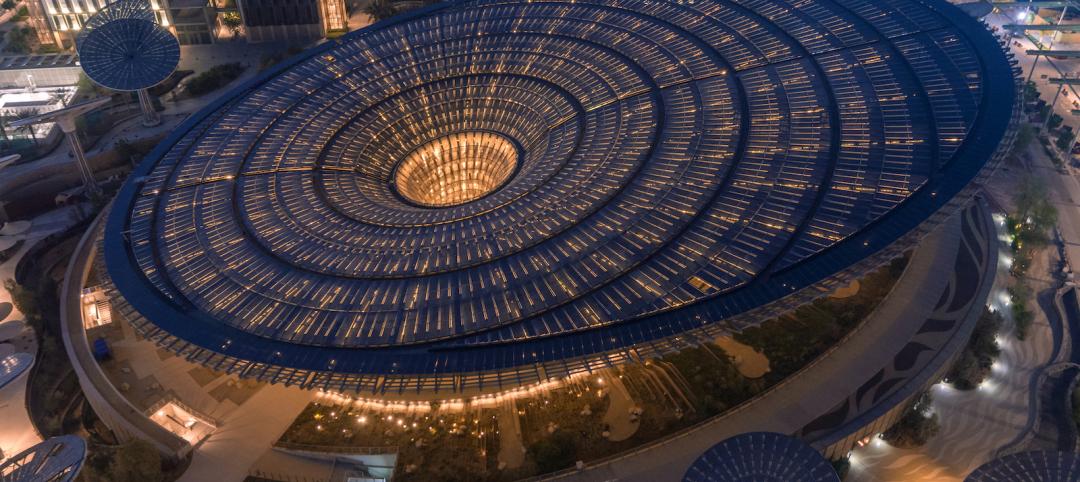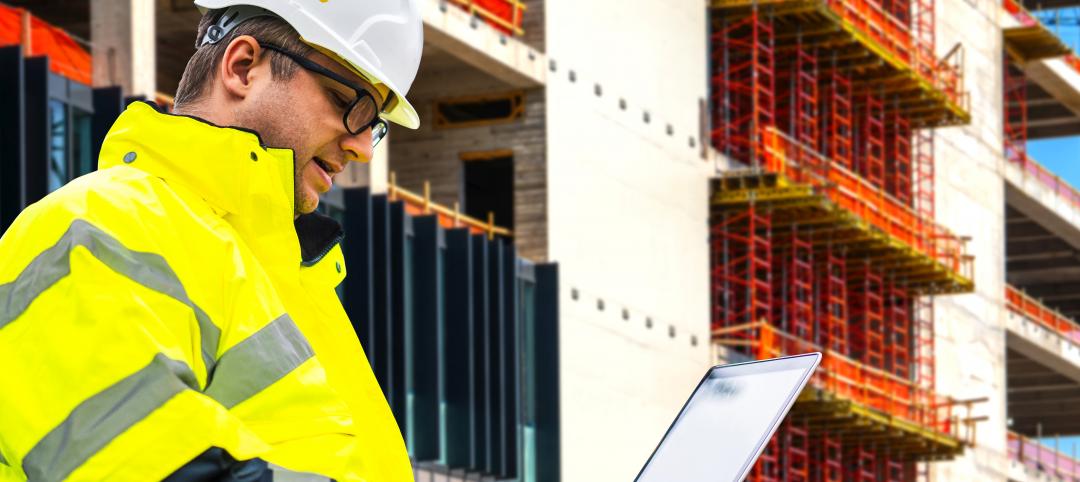 |
|
40 Solatube devices (square in celing) and a central spine of skylight near the entire second floor of the Champaign Public Library. |
The new public library in Champaign, Ill., is drawing 2,100 patrons a day, up from 1,600 in 2007. The 122,600-sf facility, which opened in January 2008, certainly benefits from amenities that the old 40,000-sf library didn't have—electronic check-in and check-out, new computers, an onsite coffeehouse. But, it's also drawing rave reviews from the community for its full-building daylighting strategy.
“We're one of the busiest libraries in the nation,” says library director Marsha Grove. “In 2008 we checked out 2.5 million books, and a lot of the comments we hear from patrons say they like all the sunlight in the new building.”
Chicago architect Carol Ross Barney was tasked by the library board with designing a building that would last 100 years. The old CPL had been built in the late '70s and simply didn't age well. Ross Barney's design included clerestory windows and a 115-foot skylight over the central staircase to let the sun shine in. But she also specified tubed daylighting devices instead of ceiling lights in much of the building's second story. The devices, manufactured by Solatube, Vista, Calif., have a plastic-domed, circular opening on the roof that allows natural light to travel down through a mirrored metal tube, through the plenum, and into a diffuser in the ceiling. From there, the light spreads out to the room below.
 |
|
Solatube's Raybender 3000 technology intercepts low-angle light and redirects it down the tube at a steep angle so less light is lost and light is transmitted at almost any time of the day. |
“We always wanted to make the library capable of being fully daylit,” says Ross Barney. “We made one concept where it had a really narrow plate of about 60 feet. Because of the space needs of the library, though, we couldn't make that design work. It was very different than what is thought of as a library.” The daylighting devices, she said, “allowed us to make a more beautiful building. The lighting really is striking.”
Most of the library is lit during the day by the devices and the central skylight. The building is organized on two patron levels; administration offices on the third floor cover only a small portion of the second-floor roof. Glass curtain wall covers three sides of the library. Local general contractor PKD installed 40 of the tubed daylighting devices on the second-floor roof to deliver light directly to the main reading areas of the library. Lighting levels are controlled by an automated sensing system that balances the natural light with supplied light. Panelite glass in the south curtain wall is designed in a honeycomb pattern that reflects most of the direct sunlight that enters the building from the south to minimize solar heat gain.
Public spaces in the LEED Silver-certified library are served by a low-velocity displacement HVAC system with underfloor air distribution to save energy. The building's exterior is clad in limestone. Bamboo was used for flooring, wall, and ceiling finishes. Service desks, end panels, and other interior furnishings are also crafted from bamboo and limestone.
Ross Barney says the building was purposely sited so that the parking lot could someday be converted to a park. “It's all a part of the strategy to make a building that's not just designed for today, but for tomorrow as well,” she says.
Related Stories
Concrete Technology | Apr 19, 2022
SGH’s Applied Science & Research Center achieves ISO 17025 accreditation for concrete testing procedures
Simpson Gumpertz & Heger’s (SGH) Applied Science & Research Center recently received ISO/IEC17025 accreditation from the American Association for Laboratory Accreditation (A2LA) for several concrete testing methods.
Sponsored | BD+C University Course | Apr 19, 2022
Multi-story building systems and selection criteria
This course outlines the attributes, functions, benefits, limits, and acoustic qualities of composite deck slabs. It reviews the three primary types of composite systems that represent the full range of long-span composite floor systems and examines the criteria for their selection, design, and engineering.
Wood | Apr 13, 2022
Mass timber: Multifamily’s next big building system
Mass timber construction experts offer advice on how to use prefabricated wood systems to help you reach for the heights with your next apartment or condominium project.
AEC Tech | Apr 13, 2022
Morphosis designs EV charging station for automaker Genesis
LA-based design and architecture firm Morphosis has partnered with automotive luxury brand Genesis to bring their signature brand and styling, attention-to-detail, and seamless customer experience to the design of Electric Vehicle Charging (EVC) Stations.
AEC Tech | Apr 13, 2022
A robot automates elevator installation
Schindler—which manufactures and installs elevators, escalators, and moving walkways—has created a robot called R.I.S.E. (robotic installation system for elevators) to help install lifts in high-rise buildings.
Modular Building | Mar 31, 2022
Rick Murdock’s dream multifamily housing factory
Modular housing leader Rick Murdock had a vision: Why not use robotic systems to automate the production of affordable modular housing? Now that vision is a reality.
Building Technology | Feb 28, 2022
BIPV and solar technology is making its mark in the industry
Increasingly, building teams are comparing the use of building-integrated photovoltaic (BIPV) systems for façades, roofs, and other architectural assemblies with a promising and much easier alternative: conventional solar panel arrays, either on their building or off-site, to supplement their resiliency and decarbonization efforts
Sponsored | BD+C University Course | Feb 17, 2022
Metal roofing trends
New ideas in design and constructability are radically changing how metal systems are used as roofing for commercial and institutional buildings. Behind the investment in these new kinds of expressions and construction approaches is a growing interest in improved performance and reduced environmental impact. Metal roofing systems can cut cooling and heating loads significantly, according to the EPA.
M/E/P Systems | Jan 27, 2022
Top 5 building HVAC system problems and how to fix them
When your HVAC system was new, it was designed to keep the indoor environment comfortable, functional, and safe. Over time, that system can drift out of alignment, leading to wasted resources, excessive energy consumption, and reduced occupant comfort.
Sponsored | Voice of the Brand | Jan 27, 2022
A Modern Approach to Labor in the Construction Industry
The COVID-19 pandemic disrupted and reshaped norms in the workforce and the ongoing labor shortage can be felt in every industry. Innovations to go faster, maintain safety, minimize learning curves, and drive down costs are becoming imperatives for companies to stay competitive in the construction industry.















